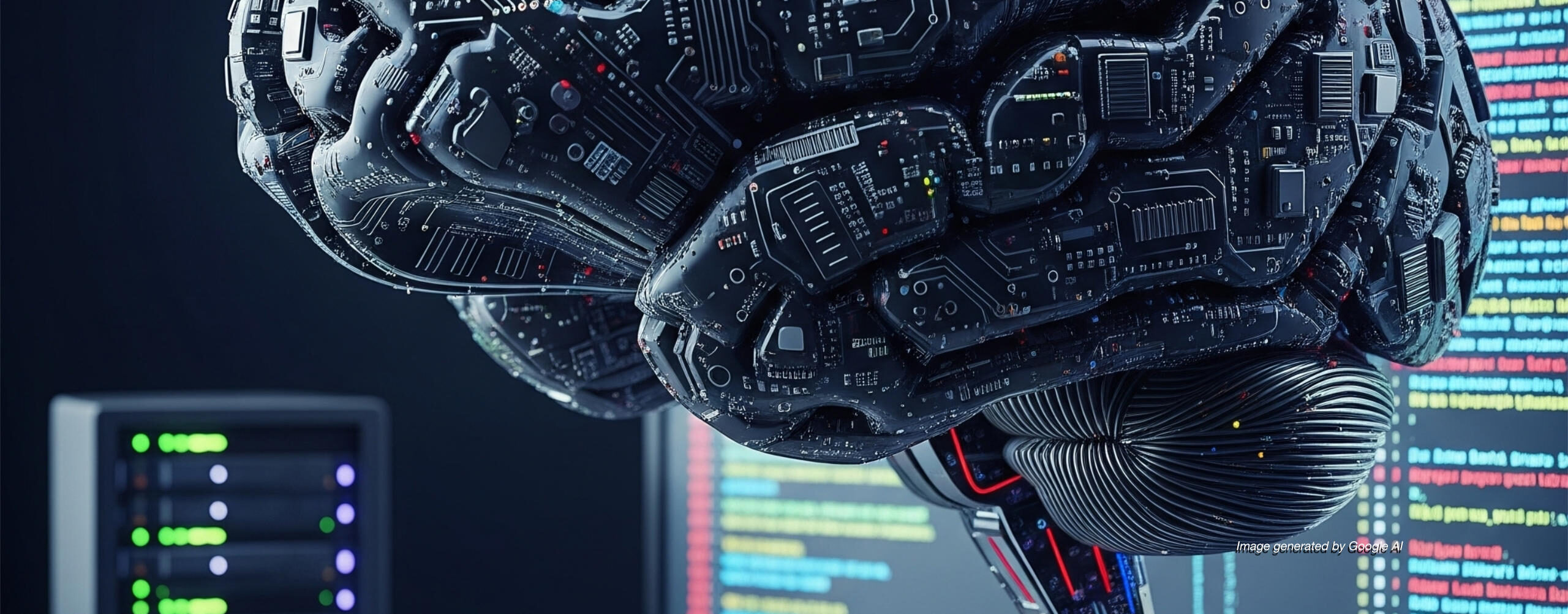Some Of Everything… All of Nothing!
AI, LLM, MCP, RAG… all the things!!! We tend to hear a lot of the buzzwords associated with AI, and for some of us, it can be confusing or overwhelming. I’m sharing this bit, not as an expert but to share my journey so far into the world of AI, in other words, I know some of everything, but all of nothing as it relates to AI and spec-driven development. I may write a bit in the future about how I approach spec-driven development but for now, Stillriver Software Solutions provides an excellent guide on how to get started.
Do This. Then Do This. Then This.
I, like many of us, started by firing a series of commands (later known to me as “prompts”) into a web-based or app-based ChatGPT interface and awaiting the results. That evolved to having AI write code for me. That, then, evolved to learning the difference between the clients, applications and models, and that OpenAPI is not the only player in the game (so to speak). At that point, as I mentioned in my bit about coding with local LLMs, I learned about agentic AI engineering and spec-driven development. I eventually landed on (mostly) using using Claude Code CLI with Sonnet 4.5 (as of this writing) so the rest of this bit will be written from that perspective.
What Is This Spec-Driven Development You Speak Of?
Spec-Driven Development (SDD) is an approach where software development is guided by detailed, precise specifications written before coding begins. Here are important pros and cons of SDD to consider:
Document your design and decisions, otherwise context fades over time.
Pros of Spec-Driven Development
- Clarity and Alignment: The specification acts as a single source of truth, promoting clear understanding among developers, QA, and stakeholders.
- Improved Code Quality: AI and human developers produce more accurate and consistent code by referencing clear specs, reducing errors and rework.
- Automatic Documentation and Testing: Specs can generate documentation, tests, and mock servers automatically, keeping everything in sync and reducing manual effort.
- Better Coordination in Complex Systems: For multi-repository or microservices projects, specs help clearly define interfaces and interactions, making cross-team collaboration easier.
- Enhanced AI-Assisted Development: AI tools perform better with structured specs, enabling faster, more reliable code generation and iteration.
Cons of Spec-Driven Development
- Upfront Overhead: Writing detailed specs requires significant initial time and effort, which can feel slow compared to diving straight into coding.
- Steep Learning Curve: Teams unfamiliar with specification languages and tools may face challenges adopting SDD.
- Spec Maintenance Burden: Keeping the specifications up to date as systems evolve requires discipline and continuous effort, which can be neglected.
- Uncertainty in Requirements: It can be difficult to create perfect specs upfront, especially when requirements evolve or emerge through iterative discovery. This is a great opportunity for architecting engineers (senior or higher) to bridge the gap between product owners and development teams.
So, What Now?
Although I’ve listed cons along with the pros, I do believe in spec-driven development overall. As my career evolved into more planning and architecture-related responsibilities, I began to notice how much more efficient the communication could be between business stakeholders, product owners and development teams to reduce the churn that stagnates a lot of development projects, what I like to call process soup. SDD establishes a foundation of clarity and automation that accelerates development in complex or AI-augmented environments. By defining the “what” before the “how,” it reduces costly missteps and supports better tooling. However, teams must be willing to invest upfront and adapt to the discipline of maintaining specs. When applied thoughtfully, SDD is a key practice for modern, scalable software engineering.
Here are a couple of things I’d like to see happen with SDD:
- Engineers working with business stakeholders and product owners to reach consensus and write the actual specs that AI will later execute.
- Leveraging the MCP of a documentation platform (like Confluence) to standardize those specs and document the applications being built.
Are you already using spec-driven development? If not, are you considering it? Is there anything you’d like to add? Let me know in the comments below!





